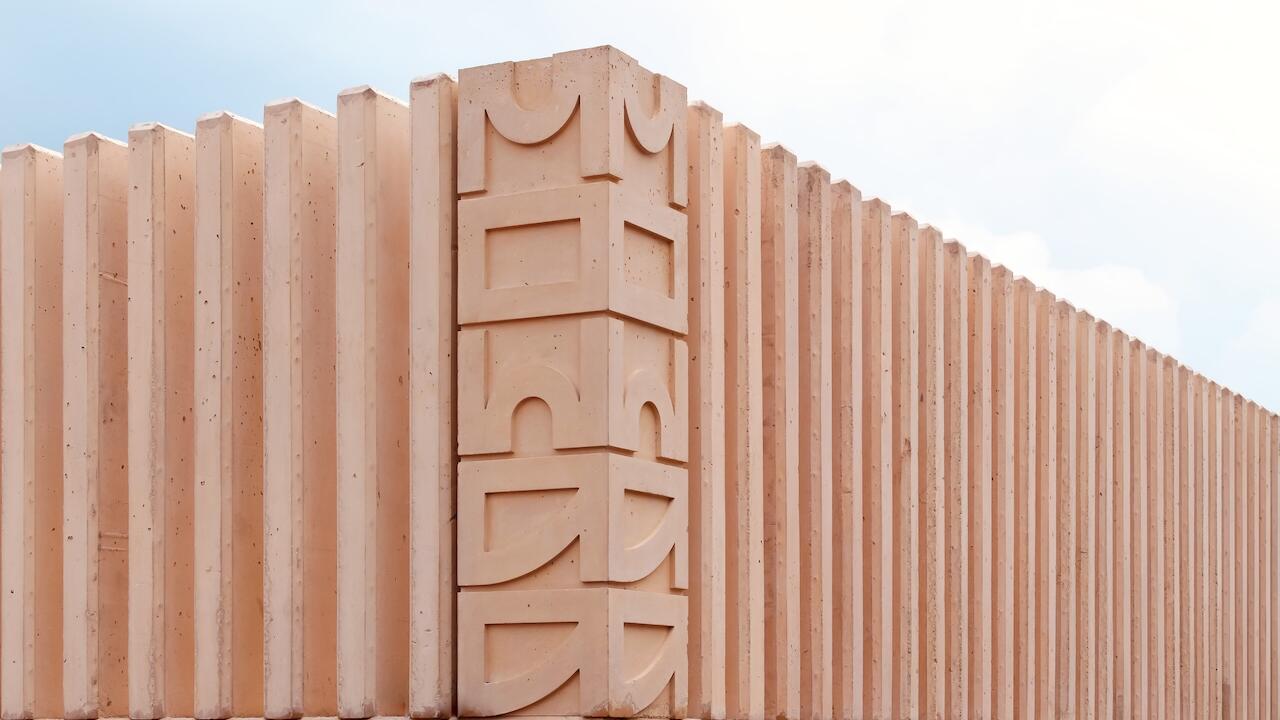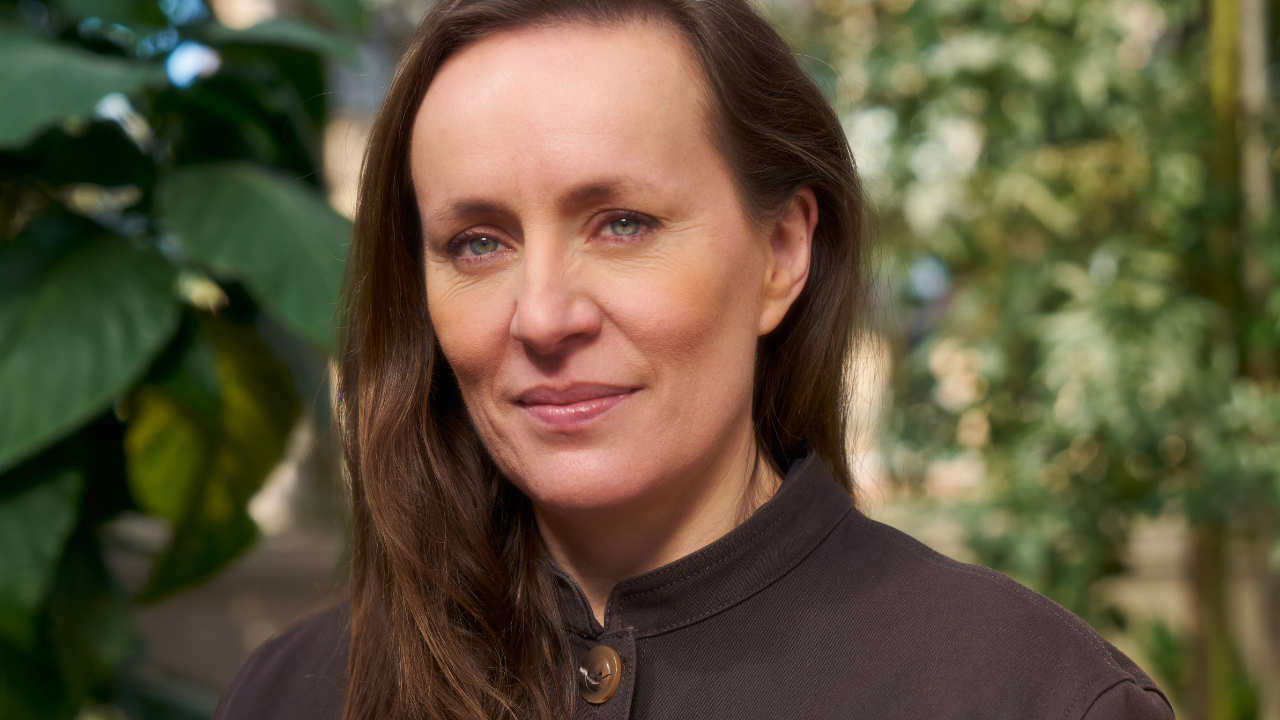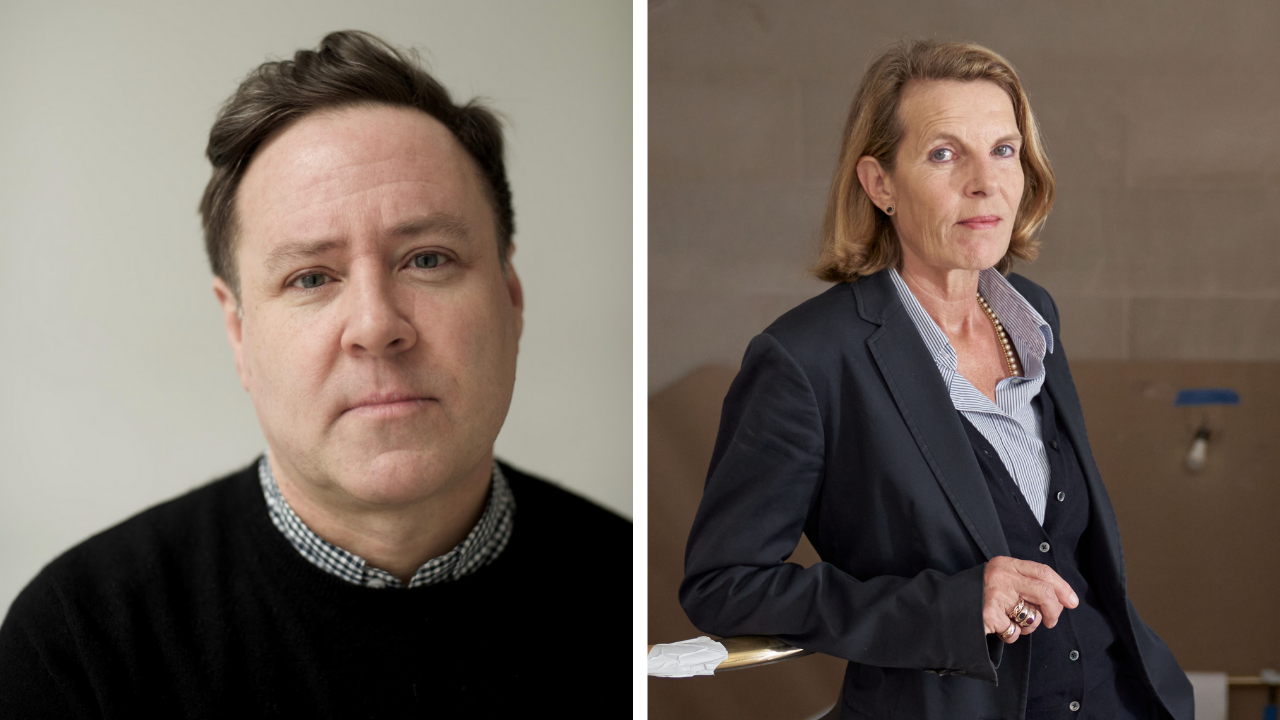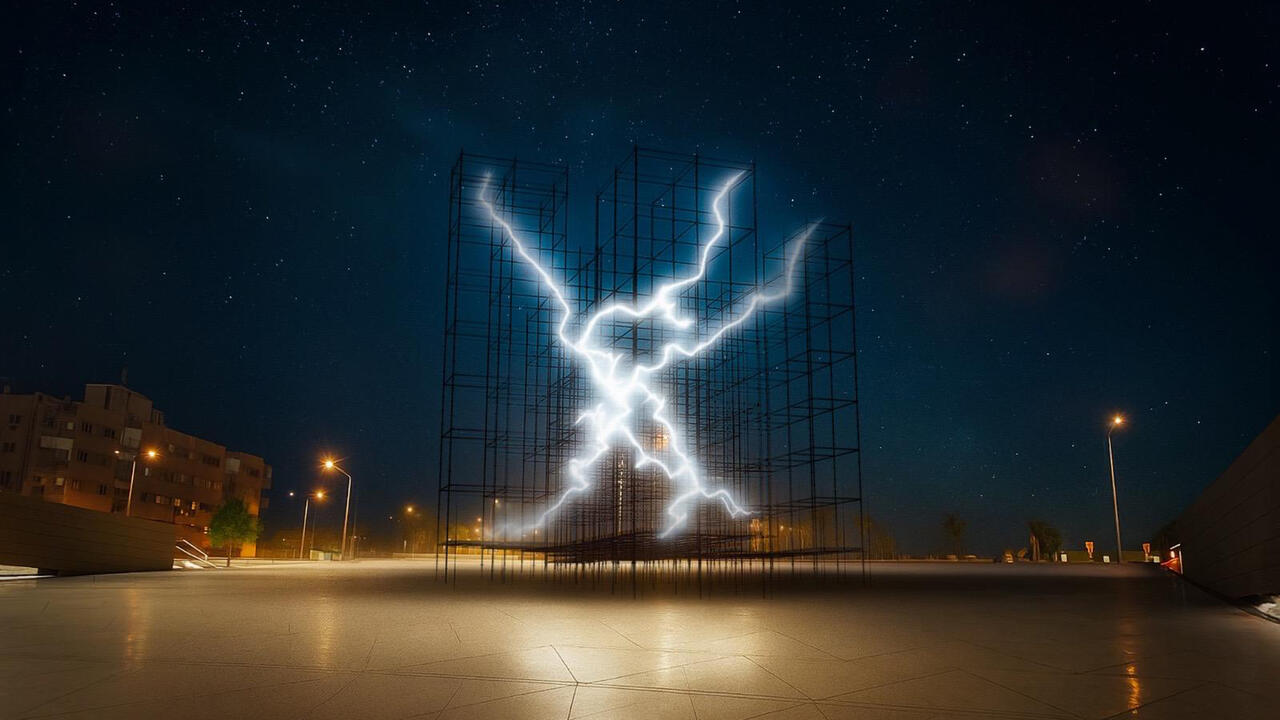Closer to Gaza
An interview with Berlin-based artists Dani Gal and Assaf Gruber, the organizers of the ‘Closer to Gaza’ benefit auction
An interview with Berlin-based artists Dani Gal and Assaf Gruber, the organizers of the ‘Closer to Gaza’ benefit auction

What is ‘Closer to Gaza’?
‘Closer to Gaza’ is a benefit auction whose proceeds will be donated to two NGOs who provide medical aid to the Gaza strip. It is a stance of solidarity with the people of Gaza against the ongoing occupation of Palestinian territories by more than 180 artists from around the world.
Where did the idea of organizing this event come from?
We both felt disturbed and helpless when the Israeli offensive ‘Operation Protective Edge’ began in Gaza on 8 July. We attended protests both in Israel and Germany but felt the need to do more. First we thought about collecting donations but soon realized it is virtually impossible to ship things into Gaza and that money is the most effective donation. That’s when we had the idea of organizing an auction. As artists we thought this would be the most effective way to provide not only material assistance but also to create a platform to protest the ongoing occupation and the recent Israeli offensive.
What does it mean for Israeli artists to be critical of Israeli policy?
It has little to do with us being artists. It is rather that we, as citizens of the state of Israel, find it hard to accept its policies. The enmity between Palestinians and Israelis is artificially constructed; it is the product of a policy of aggression. By reaching out a hand to the citizens of Gaza we hope to bypass this.

What has been the response from the artists you approached?
In general the response has been great; most people have been enthusiastic. Almost all of the artists we approached agreed to donate works and were happy to take part. After only a few days we had managed to gather a considerable amount of works to be auctioned. L40, an art association focusing on urban and architectural art interventions and time based art, and Kühlhaus Berlin, a venue which houses temporary exhibitions near the site of Berlin’s abc art fair, volunteered to cooperate, managing the communication and infrastructure for the online auction – hosted by Paddle8 – all in a timeframe of five weeks. Without these teams the project would not have been possible.
Although only few, there were some objections – mostly from Israeli artists who told us they would be more supportive had we not ‘politicized’ the event. They felt we should focus on the humanitarian issue and refrain from discussing Israeli policy. For us this simply means that they might be willing to support the Palestinians affected by the bombings, yet remain unwilling to reflect on the recurrence of such bombings.
This reaction is part of a larger problem: typically, Israelis are willing to acknowledge the Palestinians as victims, deserving of help and assistance, but they are not willing to acknowledge themselves as perpetrators. There is a certain tendency to de-politicize a situation by the perpetrators. Ironically someone told us that our statement ‘foreclosed the possibility of a critical discussion’. On the other hand, we also received criticism from people who thought our statement was not explicit enough – that it was not political enough – and for using the art market as a platform. We pondered every objection carefully and must say the dialogue has been very enriching.
Why did you choose to partner with the two NGO’s you are donating the funds to: the Palestinian Medical Relieft Society (PMRS) and the Physicians for Human Rights-Israel (PHR-Israel)?
Medical assistance was the most important factor for us and PMRS and PHR seemed to be the right combination: PMRS is one of the largest NGOs in Palestine. A non-profit, it is run by a group of volunteers who seek to supplement the decayed and inadequate health infrastructure caused by years of Israeli military occupation. PHR-Israel has also been extremely engaged in working with Palestinian doctors since the organization was founded, during the first Intifada in 1988. We wanted to privilege this specific Israeli-Palestinian collaboration rather than collaborating with a neutral (probably European) NGO.

How strong is civil dissent in Israel?
Dissent in Israel is marginal, though we don’t dismiss it. Some people do risk their lives and work hard to change the status quo. Political activists do very important work but unfortunately they are in a small minority. Most people feel that they have nothing to do with the ‘situation’, mostly because the local media makes sure that the Israelis don’t witness what is happening in Gaza and the West bank. Also, to some extent, dissent means risking your identity as an Israeli citizen.
During ‘Operation Protective Edge’ the British left-leaning newspaper the Guardian ran a series of editorials and opinion pieces claiming media coverage of the Israeli offensive was ‘fanning the flames of anti-Semitism’. Is it possible to criticize Israeli policy without being vilified?
The Israeli government has been cynical in its use of The Holocaust: in order to justify their use of deadly force they claim the status of the victim. The Israeli administration has also manipulated the term ‘anti-Semitism’, using it as a tool to silence any criticism of policies of aggression against an entire population. Yet, if one witnesses the increasingly dissenting Jewish voices, which spoke out against the last offensive in Gaza, it becomes clear that Jewishness and Zionism do not necessarily go hand in hand.
Works from ‘Closer to Gaza’ will be on view at Kühlhaus, Berlin (Luckenwalder Str. 3) from 17–21 September during Berlin Art Week. The auction is hosted online at Paddle 8: paddle8.com/auctions/closertogaza












